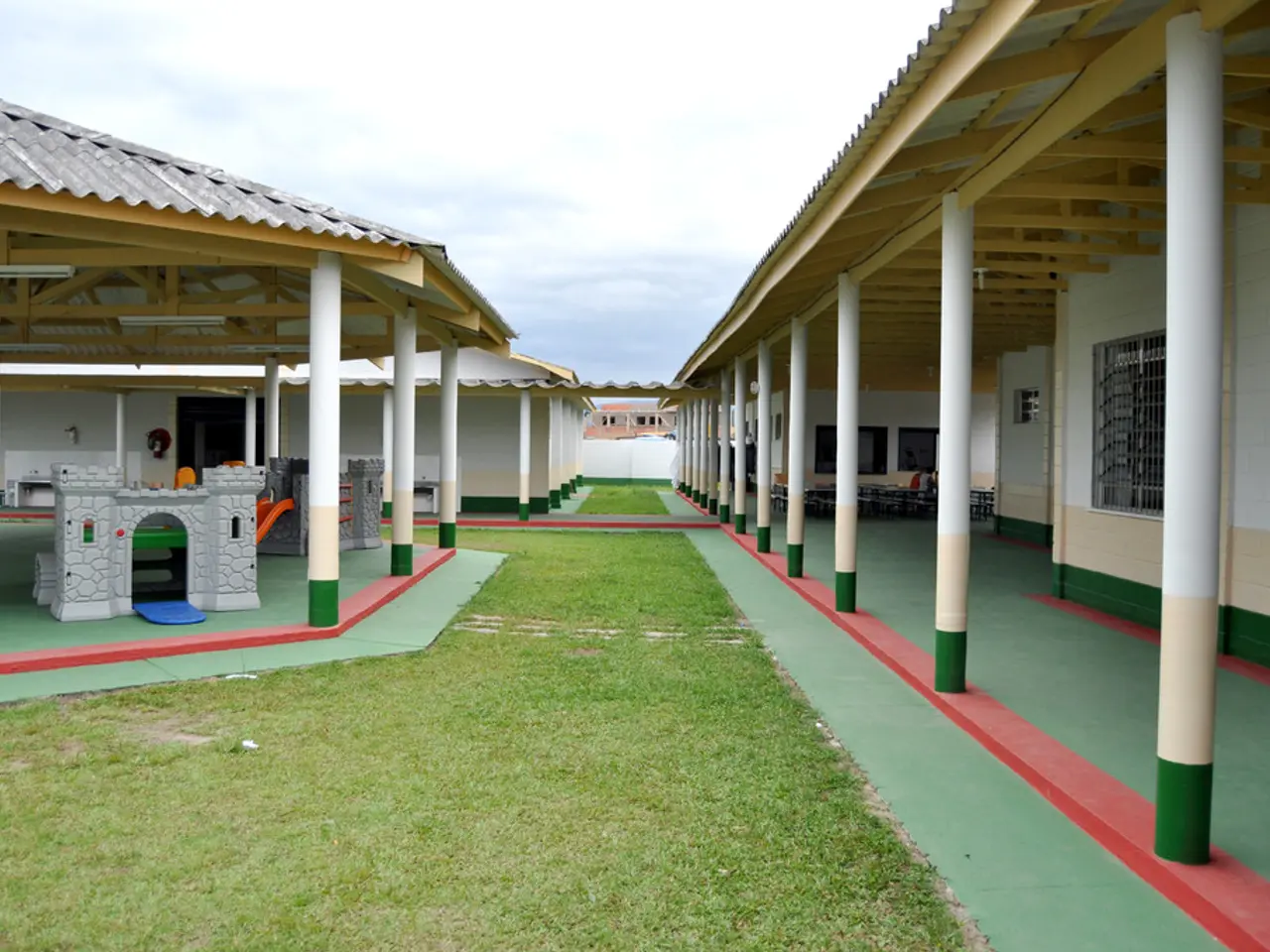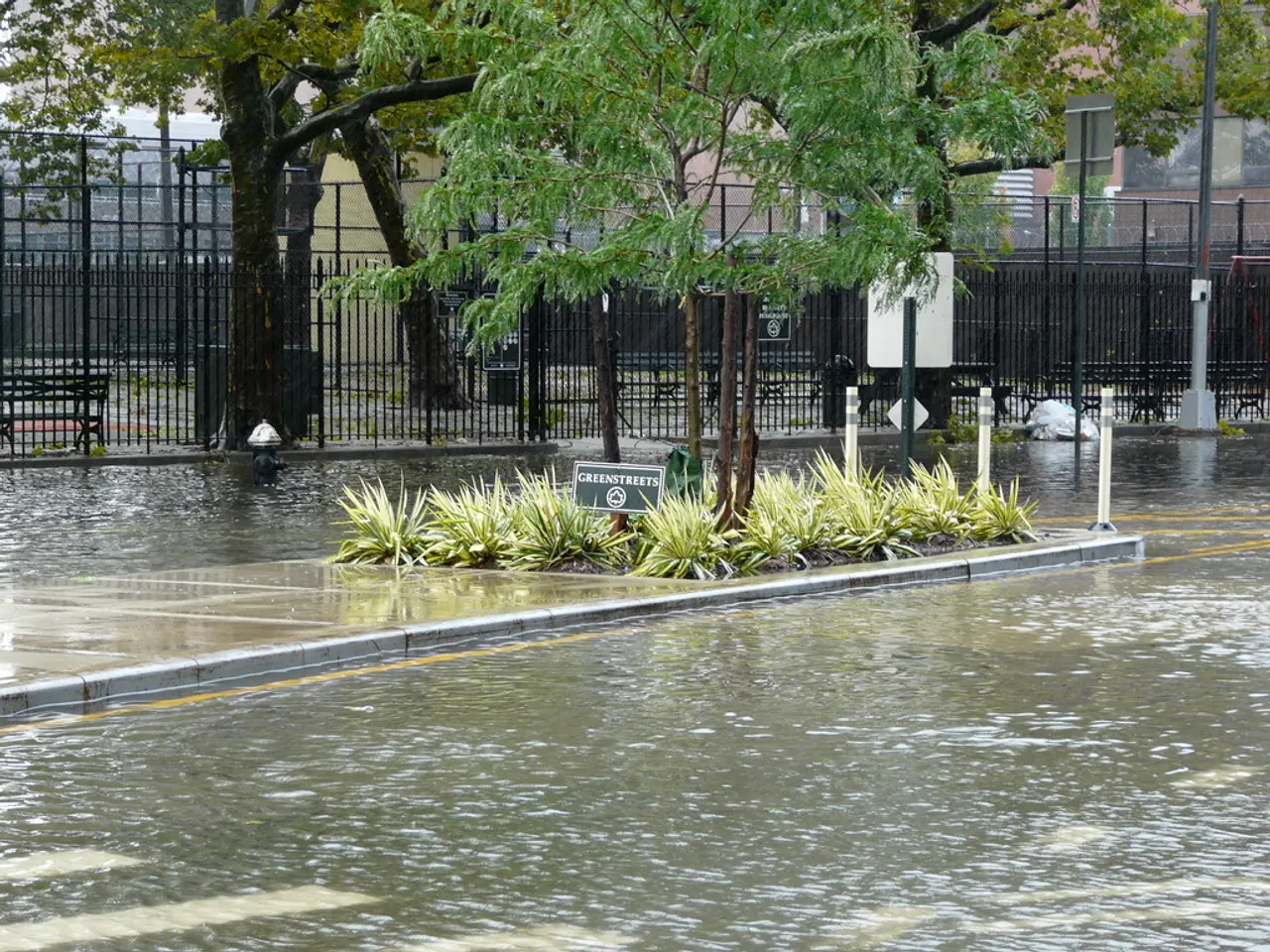Accommodation duration significantly extends in Sunderland, reports indicate
In recent years, Sunderland has seen an increase in the number of households, including 118 children, being housed in temporary accommodation, as reported in December 2024. This trend reflects a broader challenge in homelessness services across the UK, with the average length of stay in temporary accommodation for homeless households in Sunderland also on the rise.
According to Tracey Guy, the manager of the North East branch of Shelter, a leading homelessness charity, this rise in length of stay is sadly unsurprising. She attributes this to decades of underinvestment in affordable social rent homes, which has left the housing system in a weakened state.
While specific detailed statistics on Sunderland alone were not found, the UK government has shown a clear determination to tackle issues related to homelessness. Parliamentary debates from June 2025 emphasise the government's commitment to "turn that around," indicating ongoing focus and likely allocation of resources to reduce reliance on temporary accommodation and improve support for homeless households.
Community services, such as outreach teams and support organisations, are also actively providing person-centered support in temporary and emergency accommodation settings. These initiatives complement governmental efforts and reflect a combined public and community sector response to homelessness trends.
London is also experiencing a growing homelessness epidemic, causing significant problems. In response, Sadiq Khan, the Mayor of London, has confirmed plans to build on London's green belt. The UK government is developing a long-term strategy to tackle homelessness and has pledged to invest nearly £1 billion in services to help families secure a more stable place to live.
Looking back, in December 2022, the number of households in temporary accommodation in Sunderland was lower at 55, including 30 children. The average length of stay for homeless households in temporary accommodation in Sunderland in 2022 was around a month, compared to 11.7 days in 2020. By December 2023, the number of households in temporary accommodation decreased to 90, including 44 children, with the average length of stay still increasing.
The local authority in Sunderland has not provided specific reasons for the growth in the number of households classified as homeless in temporary accommodation. However, factors such as the size of families, support needs, and the availability of suitable housing may contribute to both the increase in number and length of stay in temporary accommodation.
Sunderland has experienced a significant growth in the number of children growing up in temporary accommodation over the last five years, according to Tracey Guy. If more specific financial figures or Sunderland-focused data are required, targeted reports from local authorities or homelessness charities could provide deeper insights into this ongoing issue.
- The local government in Sunderland, coupled with the UK government's policy-and-legislation on homelessness, is aiming to address the rising number of households, including children, in temporary accommodation through dedicated efforts and resource allocation.
- In the realm of politics and general news, the growth of homelessness and the length of stay in temporary accommodation in Sunderland has been a topic of discussion, with stakeholders like community service providers and local authorities advocating for policy changes and increased investment in social housing to aid in resolution.






